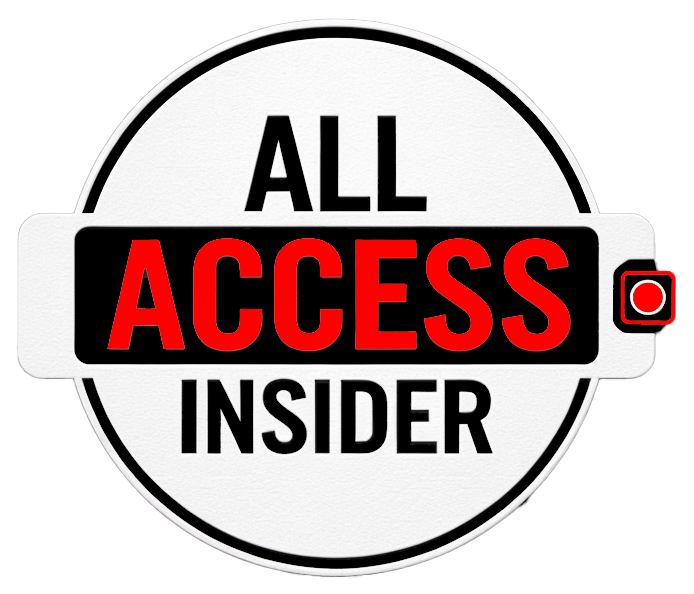Trump Announces Major Tariff Expansion
President Donald Trump declared on Monday, July 7, 2025, that the United States would impose significant new trade barriers, including a 25% tariff on a wide range of goods imported from key Asian partners, Japan and South Korea. The move marks a substantial escalation in the administration’s trade policy and is set to impact billions of dollars in commerce between the affected nations and the United States.
In addition to the substantial tax increase targeting Tokyo and Seoul, President Trump also announced the application of new, albeit unspecified, tariff rates on imports from five other countries: Malaysia, Kazakhstan, South Africa, Laos, and Myanmar. This broader application signals a widening of the administration’s protectionist measures to encompass a diverse group of economies across Asia and Africa.
All newly announced tariffs, including the 25% rate for Japan and South Korea and the new rates for the five other nations, are scheduled to take effect on August 1, 2025.
Unconventional Policy Communication via Social Media
The decision to impose these new tariffs was communicated by President Trump through an unconventional channel: posting copies of official letters addressed to the leaders of the affected countries directly onto his Truth Social platform. This method bypassed traditional diplomatic and governmental channels for initial announcement, underscoring the President’s preference for direct, public dissemination of major policy shifts.
The letters, publicly displayed on Truth Social, reportedly included explicit warnings to the respective leaders against implementing retaliatory trade measures in response to the new U.S. tariffs. This preemptive warning highlights the administration’s anticipation of potential counteractions from the targeted countries, setting a confrontational tone for future trade negotiations or disputes.
Scope and Implications
The 25% tariff on Japan and South Korea targets two of America’s largest and most economically developed trading partners in Asia. The imposition of such a high rate is expected to significantly alter the cost of imported goods from these countries, potentially impacting various sectors within the U.S. economy, from manufacturing to consumer goods.
While the specific rates for Malaysia, Kazakhstan, South Africa, Laos, and Myanmar were not detailed in the publicly available information regarding the announcement, the inclusion of these five nations indicates a broader strategic move to reassess and potentially restrict trade flows with a more diverse group of countries. Kazakhstan and Malaysia represent significant economies in Central and Southeast Asia, respectively, while South Africa is a key player on the African continent. Laos and Myanmar, though smaller economies, also maintain trade relationships with the U.S.
The decision to enact these tariffs on August 1 provides a relatively short window for industries and governments in the affected countries, as well as U.S. businesses relying on imports, to adjust to the new cost structures and potential supply chain disruptions. The effective date necessitates rapid preparation for the significant changes in import duties.
International Observation
The development was quickly noted internationally. For instance, The Hindu, a prominent newspaper, reported on the announcement on July 8, 2025, just one day after President Trump’s declaration on Truth Social. This swift reporting underscores the global attention and potential implications of the U.S. tariff actions.
The imposition of tariffs, particularly against close allies and significant trading partners like Japan and South Korea, alongside the expansion of new taxes to five additional nations, signals a continued reliance on protectionist measures as a core component of the Trump administration’s foreign economic policy agenda for 2025. The explicit warning against retaliation embedded in the communication via Truth Social further indicates a readiness for potential trade disputes in the coming months.





